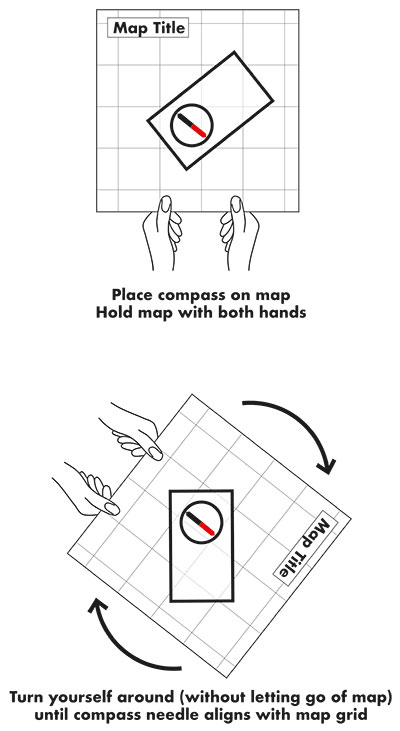May 2021 - Beginner's Guide to Navigation - Basic skills
by Nigel Williams

Most people will be familiar with path walks in their local area learnt through word of mouth and exploration without a map. Start by walking these routes with a map so there is no concern about becoming misplaced. It helps us appreciate the map scale and focus on the basic skills, keeping the map orientated to the ground, observing things around us, comparing them to the map and vice versa. This will help develop confidence with the map when we progress to unfamiliar walks.

Navigation begins with studying the map before we head out. On the ground the tip is to monitor progress on the map, briefly checking it and the features on the ground every few minutes and mentally ticking them off as we pass them. If uncertain of our location it should be an easy decision to back track to the last known position. If the map has not been checked for 30 minutes, that option is not going to appeal.
During the walk be curious about the landmarks and whether they are marked on the map and vice versa. Learning the map scale, how far apart things are and their relation to each other is part of training the brain. It is easier to memorise an area of map than the ground, so spend most of the time looking around. The scenery is after all what we go walking for.

MAP SETTING WITH THE COMPASS NEEDLE. If we need reassurance or feel misplaced then simply drop a compass onto the map, (no need to touch or hold the compass) IGNORE EVRYTHING EXCEPT THE RED END OF THE NEEDLE. Rotate the map with the compass lying on it until the red end of the needle points to the TOP OF THE MAP and is aligned with the north / south grid lines.
That's the map set. To look in different directions the map must be kept in that orientation whilst you step sideways around it keeping the map in front of you. It feels like you are turning it in your hands but in reality it stays still while you walk around it. It is also possible to set the map using the sun. In the UK it rises in the east, is in the south (although high in the sky) at midday and sets in the west in the evening. Most smart phones have a compass app, but beware, these can need calibrating and then you need a compass to double check it!
Return to the Navigation Blog
 FREE UK delivery
FREE UK delivery For Christmas delivery information
For Christmas delivery information 







